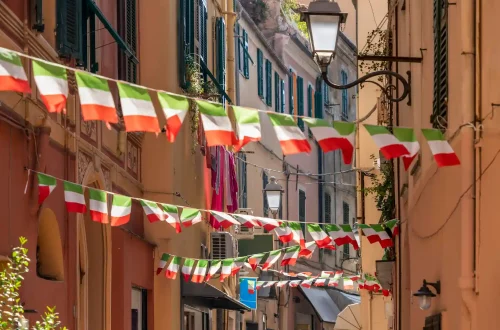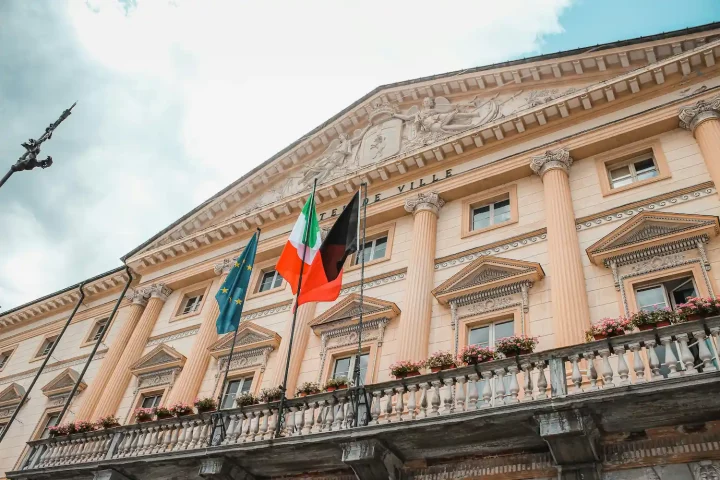In a landmark case poised to reshape the future of Italian citizenship by descent, Italy’s Constitutional Court convened on June 24 to assess whether the long-standing principle of jus sanguinis—citizenship through bloodline without generational limits—stands on solid constitutional ground.
The high-profile hearing, sparked by legal challenges and mounting public interest, could determine whether recent legislative efforts to restrict citizenship eligibility are upheld or overturned, with significant consequences for millions of Italian descendants worldwide.
Why was this session held?
The session was prompted by a constitutional question raised by the Bologna Tribunal regarding the validity of Article 1 of Law No. 91/1992, which permits the transmission of citizenship by jus sanguinis (right of blood) with no generational limit.
This marked the first time the Court examined the constitutional validity of granting citizenship purely through ancestry, even in cases where the individual has no direct connection to Italy. The plenary session, filled with legal professionals, students, and journalists, underscored the widespread public interest of the debate.
Take advantage of specialized assistance to secure your passport for a borderless future.
What happened during the hearing?
Judge Emanuela Navarretta opened the proceedings with a technical overview of the legal questions raised, followed by oral arguments from several distinguished attorneys, including Marco Mellone, who spoke first and represented four separate appeals.
His defense combined historical perspective with emotional emphasis, affirming that jus sanguinis has been a cornerstone of Italian law for over a century and recognized by the Court of Cassation as a birthright that cannot be revoked.
He and others stressed that administrative inefficiencies—rather than the principle itself—were to blame for delays and complications in citizenship recognition abroad.
Another important attorney, Antonio Cattaneo, argued that the Italian Constitution does not impose generational or residency requirements on descendants seeking citizenship.
He criticized the new law for introducing discriminatory standards that undermine citizens’ trust in legal continuity. In his view, the legislation breaches the principle of non-retroactivity and violates Article 3 of the Constitution, which upholds equal treatment under the law.
What comes next?
Although the hearing did not focus exclusively on the new legislation passed by the Giorgia Meloni government — Decree-Law No. 36/2025 — the Court’s decision could influence the direction of citizenship law. After all, the case touches on the legal foundation that underpins many citizenship recognition claims.
If the Court finds that unrestricted jus sanguinis is unconstitutional, the new law that limits citizenship to children and grandchildren of Italians may gain further legitimacy. Conversely, if the previous model is upheld, the new criteria could face judicial challenges.
The judgment is highly anticipated, especially among the millions of Italian descendants around the world—particularly in the United States of America, where approximately 17.8 million Americans identify as having Italian ancestry — according to a recent United Census Bureau estimate — and thousands await clarity to proceed with their applications.
As of now, the decision has not been published and may take up to three months for official release.
In parallel, other judicial initiatives are underway. This week, for example, the Turin Tribunal accepted a request filed by AGIS (Associazione Giuristi Iure Sanguinis) and AUCI (Avvocati Uniti per la Cittadinanza Italiana) challenging the constitutionality of the new law. The request was submitted after the law came into effect, and the presiding judge forwarded it to the Constitutional Court for review.
Stay tuned to our channels for further updates.






